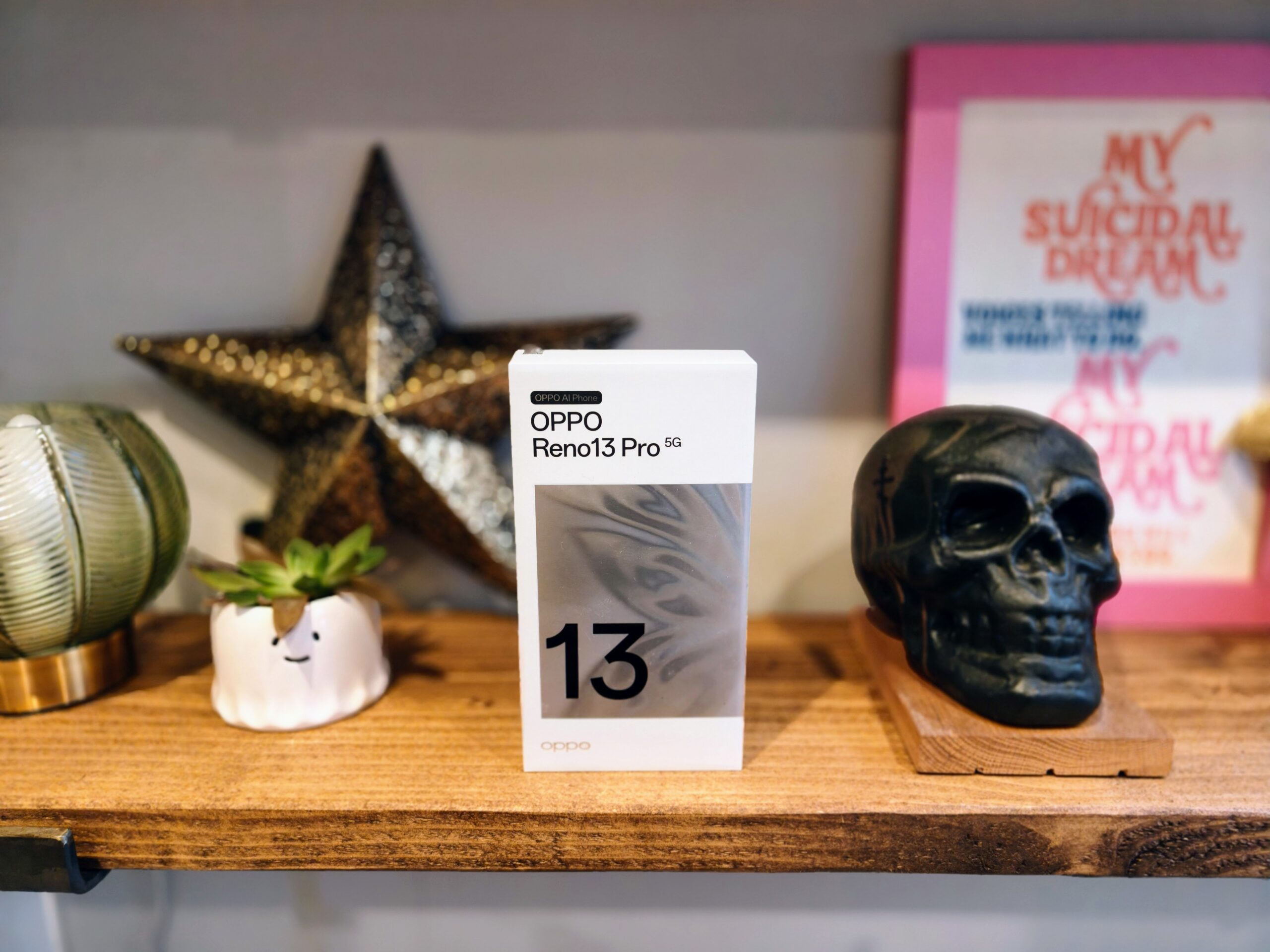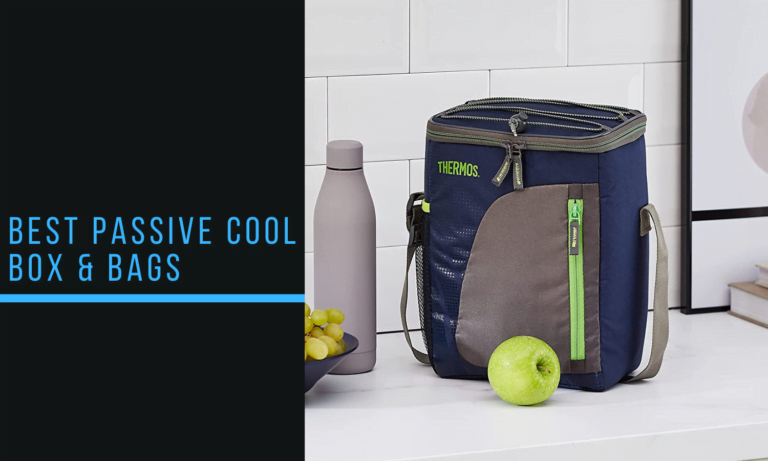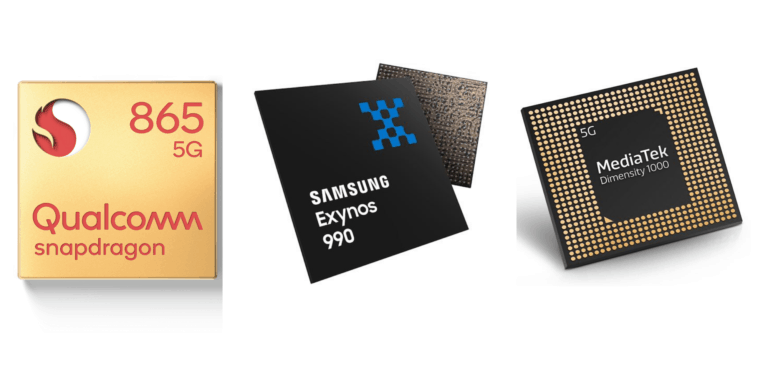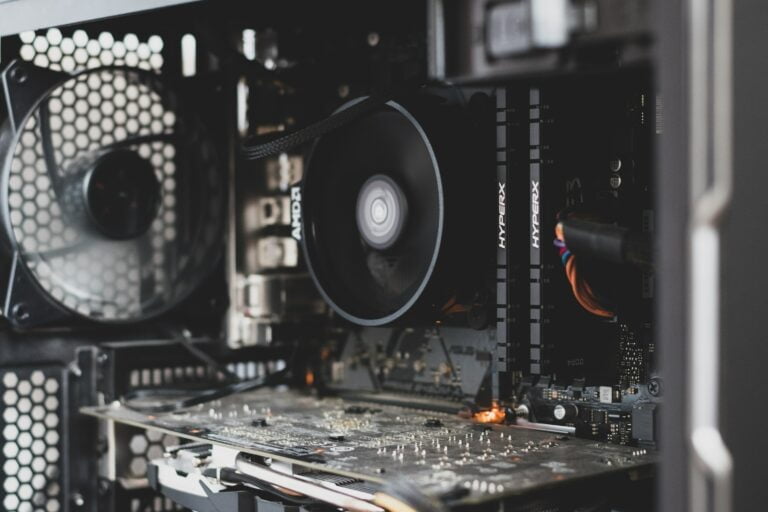Any links to online stores should be assumed to be affiliates. The company or PR agency provides all or most review samples. They have no control over my content, and I provide my honest opinion.
The OPPO Reno13 Pro officially launches in the UK today, and I have been using it as my main phone for the past few weeks.
With a price point of £650 this phone is a good alternative to flagship phones. You get almost flagship levels of camera performance, good chipset performance and superb battery life.
Related Reviews
- Xiaomi 15 Review
- Redmi Note 14 Pro Plus 5G Review
- Honor Magic7 Pro Review
- Redmi Note 14 4G Review
- Infinix E-Color Shift 2.0 Review
- Infinix Zero Flip Review
Specification
| Specification | OPPO Reno13 Pro 5G (CPH2697) |
| Colours | Graphite Grey, Plume Purple |
| Dimensions | Height: ~162.73mm, Width: ~76.55mm, Thickness: ~7.55mm |
| Weight | ~195g |
| Storage Options | 12GB RAM + 256GB ROM, 12GB RAM + 512GB ROM |
| RAM Type | LPDDR5X @ 4266MHz |
| ROM Type | UFS 3.1 |
| USB OTG | Supported |
| Display | 6.83″ AMOLED (Flexible), FHD+ (1272×2800 pixels), 450 PPI, 93.8% screen ratio |
| Refresh Rate | Max 120Hz (60/90/120Hz adaptive) |
| Touch Sampling Rate | Max 240Hz (Default 120Hz) |
| Colour Gamut | 100% DCI-P3 (Natural, Expert, Vivid modes) |
| Colour Depth | 1.07 billion colours |
| Brightness | Normal: 600 nits, HBM: 1200 nits |
| Glass Protection | Corning Gorilla Glass 7i |
| Rear Camera | Wide: 50MP (f/1.8, OIS), Ultra-wide: 8MP (f/2.2), Telephoto: 50MP (f/2.8, OIS) |
| Front Camera | 50MP (f/2.0) |
| Video Recording (Rear) | 4K@60fps/30fps, 1080P@60fps/30fps, 720P@30fps, Slo-mo 720P@240fps, 1080P@120fps |
| Video Recording (Front) | 4K@60fps/30fps, 1080P@60fps/30fps, 720P@30fps |
| Chipset | MediaTek Dimensity 8350, Octa-core CPU, ARM G615-MC6 GPU |
| Battery | 5800mAh (Typical), 5640mAh (Rated), Supports SUPERVOOC 2.0, VOOC 3.0, PD2.0 |
| Biometrics | Fingerprint sensor (In-display optical), Facial Recognition |
| Sensors | Proximity, Ambient light, Colour temperature, E-compass, Accelerometer, Gyroscope, Infrared remote control |
| SIM | Dual SIM (Nano-SIM, Nano-USIM) |
| Network Bands | GSM (850/900/1800/1900MHz), WCDMA, 4G LTE (FDD/TDD), 5G NR |
| Wi-Fi | WiFi 6E, WiFi 6 (802.11ax), MIMO (2×2) |
| Bluetooth | Bluetooth 5.4, Codecs: SBC, AAC, aptX-HD, LDAC, LHDC5.0 |
| USB & Audio | USB Type-C, Digital headphones supported |
| NFC | Supported |
| Operating System | ColorOS 15.0 |
| Location Technology | GNSS: Beidou, GPS, GLONASS, Galileo, QZSS, A-GNSS, WLAN positioning |
Unboxing and Design
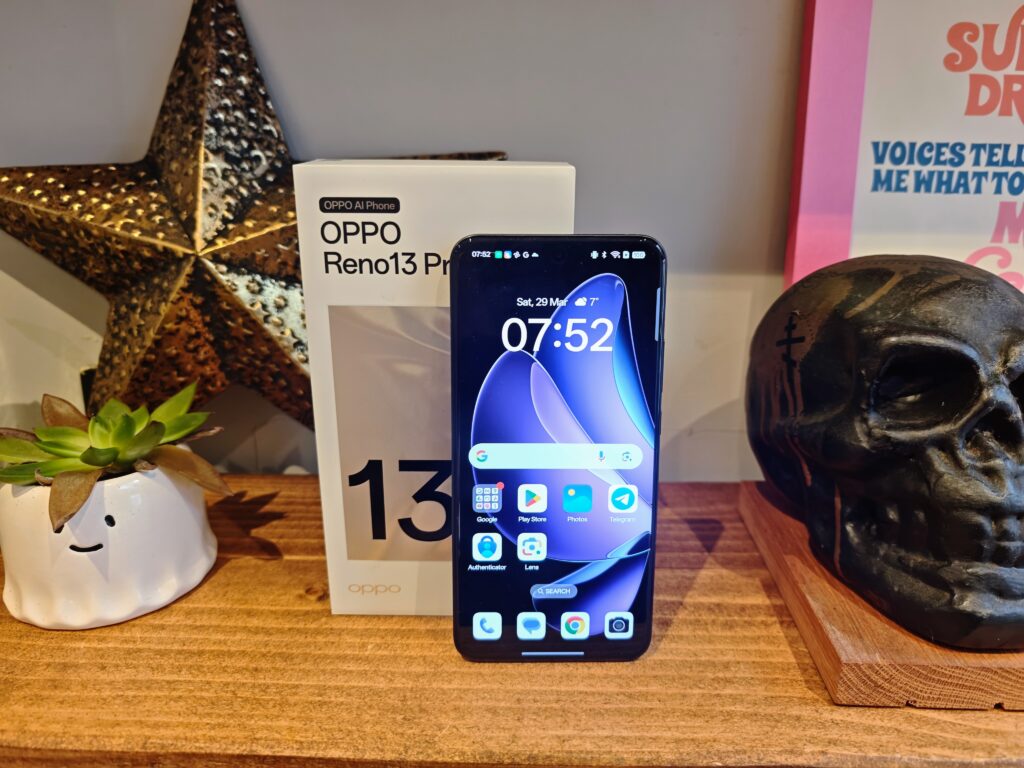
The OPPO Reno13 Pro follows the same trend as most premium phones nowadays. There was no charge or case included.
The Reno13 Pro features an aluminium alloy frame combined with glass on both the front and back. The phone has a distinctly premium feel that belies its mid-range positioning.
My review unit came in Graphite Grey, which offers a sophisticated, understated appearance. There’s also a Plume Purple variant available that features a more eye-catching butterfly effect design on the back panel. The phone’s dimensions (162.73 x 76.55 x 7.55mm) and weight (195g) strike a good balance – it’s substantial enough to feel well-built without becoming unwieldy.
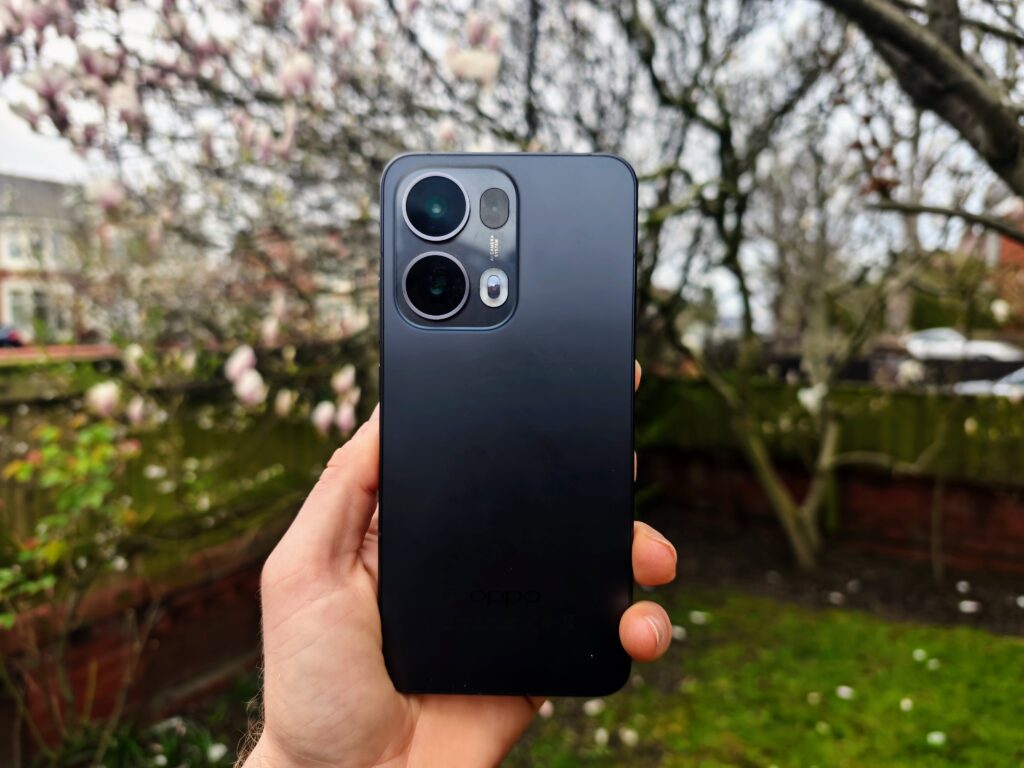
The phone uses Gorilla Glass 7i, which claims to be two times more scratch-resistant than competitive lithium aluminosilicate cover glasses and survived drops of up to one meter on surfaces replicating asphalt.
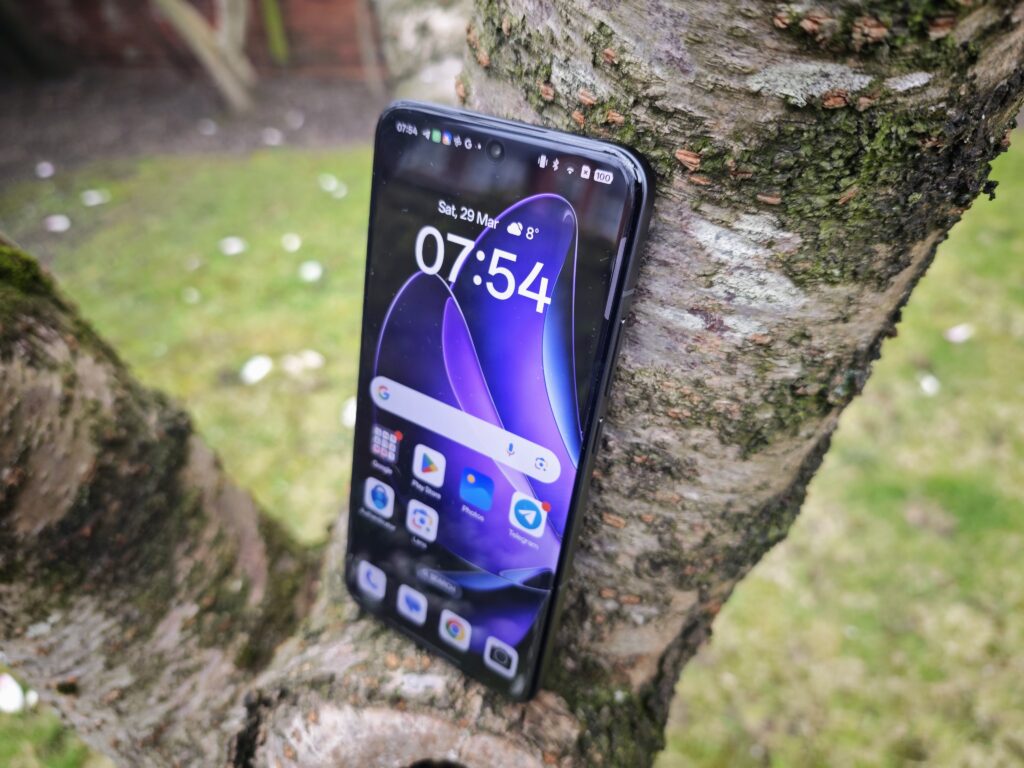
A standout feature is the phone’s impressive IP66/69 rating, making it one of the most water and dust-resistant devices in its class. This level of protection allows the Reno13 Pro to be submerged in fresh water at depths up to 2 metres for 30 minutes, and it can even withstand high-pressure water jets. OPPO has cleverly capitalised on this capability by including a dedicated Underwater Mode in the camera app.
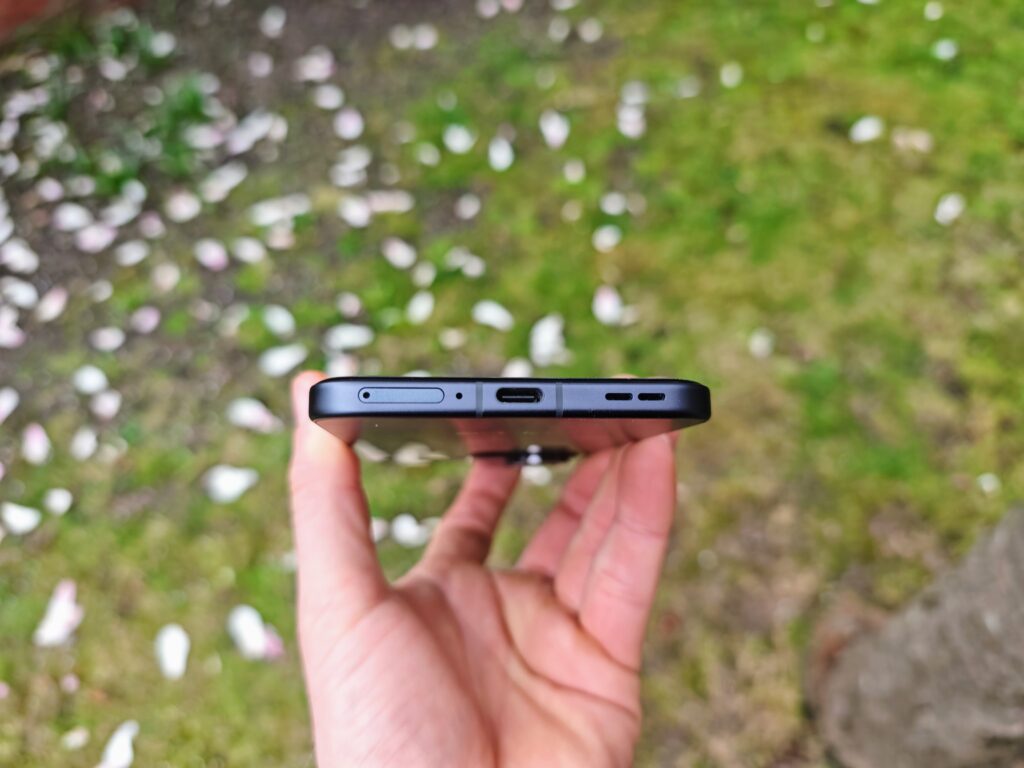
The button placement is thoughtful, with the power and volume controls positioned on the right side for easy access. The phone also includes an IR blaster on the top edge – an increasingly rare feature that allows you to control compatible home appliances like TVs and air conditioners. While not essential, it’s a handy addition that eliminates the need to hunt for remote controls.
Display
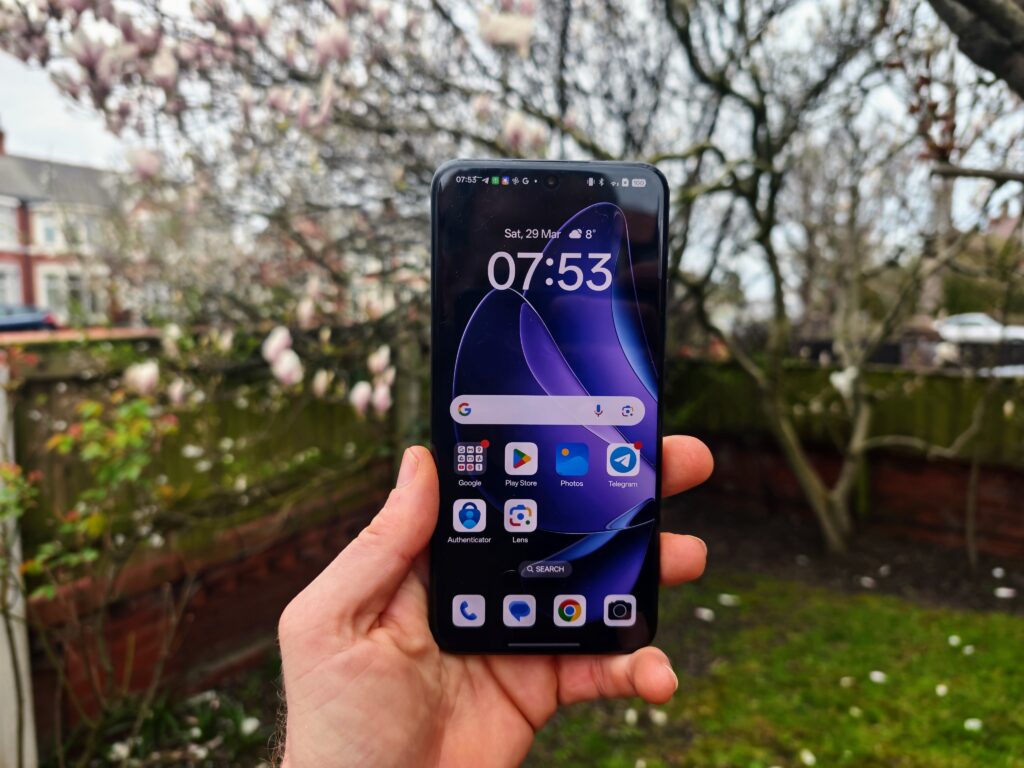
The Reno13 Pro 5G features a 6.83-inch AMOLED display with a resolution of 2800 x 1272 pixels (450 PPI). This represents a slight size increase from the 6.7-inch screen of the Reno12 Pro, though both share the same AMOLED technology, 120Hz refresh rate, and 1200 nits peak brightness.
The display offers excellent colour reproduction with support for the DCI-P3 colour gamut and 1.07 billion colours. You can choose between several colour modes, including Natural, Expert, and Vivid, to suit your preferences. The 120Hz refresh rate ensures smooth scrolling and animations, while the 240Hz touch sampling rate provides responsive touch input for gaming and everyday use.
In practice, the display performs well in most conditions. Colours are vibrant without being oversaturated, text is crisp, and the high refresh rate makes the interface feel fluid. The minimal, symmetrical bezels around the screen enhance the premium look of the device and provide an immersive viewing experience.
However, the 1200 nits peak brightness can be a limitation in very bright outdoor conditions. I haven’t had too much of an issue using the phone outdoors, but in the middle of summer, it may struggle compared to brighter displays found on more expensive phones.
The display settings allow you to switch between 60Hz and 120Hz refresh rates, or you can use the Auto Select option to balance performance and battery life. Unfortunately, unlike some competitors, the Reno13 Pro lacks PWM (Pulse Width Modulation) Dimming.
The fingerprint scanner performs well with quick and accurate unlocks. Face unlock is also available and functions well in good lighting conditions.
Cameras
The camera system is one of the Reno13 Pro’s strongest features, offering versatile shooting options and consistently good results across various scenarios. The rear camera array consists of:
- 50MP main camera (f/1.8) with OIS
- 50MP telephoto camera (f/2.8) with OIS and 3.5x optical zoom
- 8MP ultrawide camera (f/2.2) with 116-degree field of view
On the front, there’s a 50MP selfie camera (f/2.0) housed in a punch-hole cutout.
The main camera produces sharp, detailed images with excellent dynamic range and accurate colours. The optical image stabilisation helps reduce motion blur, particularly in challenging lighting conditions. In good light, photos show impressive detail and natural-looking colours without excessive processing.
The telephoto lens is particularly impressive for a mid-range device. It delivers excellent results at its native 3.5x zoom level, with good detail retention and minimal noise. You can push it to around 7x zoom while maintaining acceptable quality, though going beyond that results in noticeable degradation. The maximum 120x digital zoom is available but produces results that are more of a novelty than practically useful.
The ultrawide camera is the weakest of the three rear sensors. While it captures a generous 116-degree field of view, images lack the sharpness and detail of those from the main and telephoto cameras. This is particularly noticeable in low light or indoor settings. That said, it’s still perfectly adequate for landscape shots and group photos in good lighting conditions.
Night photography is handled well by the main and telephoto cameras, which produce bright, detailed images even without using the dedicated Night mode. The ultrawide camera struggles more in low light, producing softer images with more visible noise.
Portrait mode is available at three focal lengths (1x, 2x, and 3.5x) and produces pleasing results with good subject separation and natural-looking background blur. Edge detection is generally accurate, though it can occasionally struggle with complex hair or glasses. The bokeh effect has a nice, natural swirl that avoids the artificial look some smartphone portrait modes produce.
The 50MP selfie camera captures detailed self-portraits with good dynamic range and pleasing skin tones. There are two focal length options available, allowing you to choose between a tighter crop for individual selfies or a wider view for group shots. The portrait mode for selfies works well, though night-time selfies show more grain than rear camera portraits in similar conditions.
Video capabilities are solid, with both front and rear cameras supporting recording up to 4K at 60fps with Dolby Vision. Stabilisation is adequate though not class-leading, and there’s an Ultra Steady mode available that records at 1080p/60fps with improved stabilisation at the cost of a cropped field of view. The ultrawide camera is limited to 1080p video recording, which is disappointing for a phone in this price range.
A unique feature of the Reno13 Pro is the aforementioned Underwater mode. This clever addition disables the touchscreen to prevent accidental inputs underwater and allows you to capture photos and videos using the volume buttons instead. When you’re done, the phone can even expel water from its speakers – a neat trick that takes full advantage of the device’s water resistance.
Other camera features include AI enhancements like AI Eraser for removing unwanted objects, AI Reflection Remover, and AI Detail Boost. These work reasonably well, though results vary depending on the complexity of the scene. There’s also a Pro mode with manual controls for exposure, ISO, shutter speed, focus, and white balance.
Performance and Benchmarks
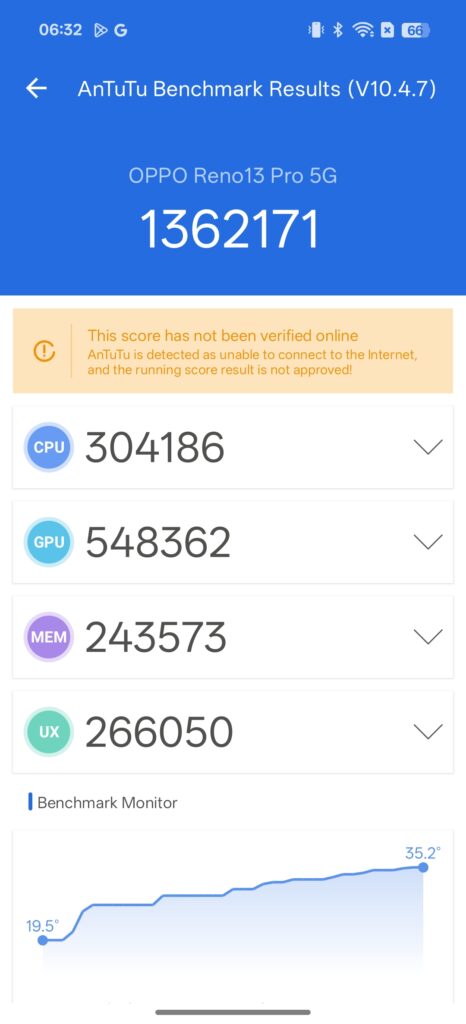


The Reno13 Pro 5G is powered by MediaTek’s Dimensity 8350 chipset, paired with 12GB of LPDDR5X RAM and 512GB of UFS 3.1 storage. This represents an upgrade from the Dimensity 7300 found in the Reno12 Pro, though it remains firmly in mid-range territory rather than competing with flagship processors.
In benchmark tests, the phone achieves respectable scores:
- AnTuTu: 1,362,171
- GeekBench 6: 1,318 (single-core) and 4,003 (multi-core)
- 3DMark Wild Life: 9936 best, 6620 lowest, 66.6% stability
These numbers place the Reno13 Pro in the upper mid-range segment, though several competitors at similar price points offer more powerful processors. For instance, the OnePlus 13R, priced just £30 higher at £679, features the significantly more powerful Snapdragon 8 Gen 3 chipset.
In real-world use, the performance is generally smooth and responsive. The phone handles everyday tasks like web browsing, social media, and video streaming without any noticeable lag or stuttering. The combination of the 120Hz display and optimised ColorOS 15 software creates a fluid user experience that rarely feels constrained by the mid-range processor.
Gaming performance is decent, if not exceptional. Genshin Impact runs well at medium settings, maintaining playable frame rates even during busy scenes with multiple characters and effects on screen. After an hour of continuous gaming, the phone becomes warm but never uncomfortably hot, suggesting effective thermal management. OPPO’s Adaptive Frame Booster technology helps maintain smooth gameplay while reducing power consumption.
The 12GB of RAM provides plenty of headroom for multitasking, allowing numerous apps to remain in memory without needing to reload when you switch between them. The 512GB of storage is generous at this price point.
For connectivity, the phone supports Wi-Fi 6E, Bluetooth 5.4, NFC, and 5G networks. I would have preferred Wi-Fi 7, but it doesn’t make that much of a difference on a phone. The dual nano-SIM slot allows for two active connections simultaneously. Signal strength and stability were excellent in my testing, with reliable connections across various networks and locations.
Battery Life and Charging
Battery life is a standout feature of the Reno13 Pro 5G, thanks to its large 5800mAh battery. This represents a significant upgrade from the 5000mAh capacity of the Reno12 Pro, and the results are impressive.
In typical daily use, with a mix of social media browsing, messaging, video streaming, and occasional gaming, the phone consistently delivers over 8 hours of screen-on time and easily lasts a full day with capacity to spare. Even with features like Wi-Fi, mobile data, and GPS active throughout the day, I typically ended with 45% battery remaining after a full day of use.
When it comes time to recharge, the phone can charge at up to 80W with a SuperVOOC charger that gets the job done quickly. A full charge from empty takes around 70 minutes, while a 30-minute charge provides enough power for several hours of use. This isn’t the absolute fastest charging available in this price range – some competitors offer 100W or even 120W charging – but it’s more than adequate for most users’ needs.
One notable omission is wireless charging. While this feature is becoming increasingly common in mid-range devices, the Reno13 Pro sticks with wired charging only. This might disappoint those who’ve integrated wireless charging into their daily routines, but the excellent battery life and fast wired charging help compensate for this limitation.
Android 15 and ColorOS 15

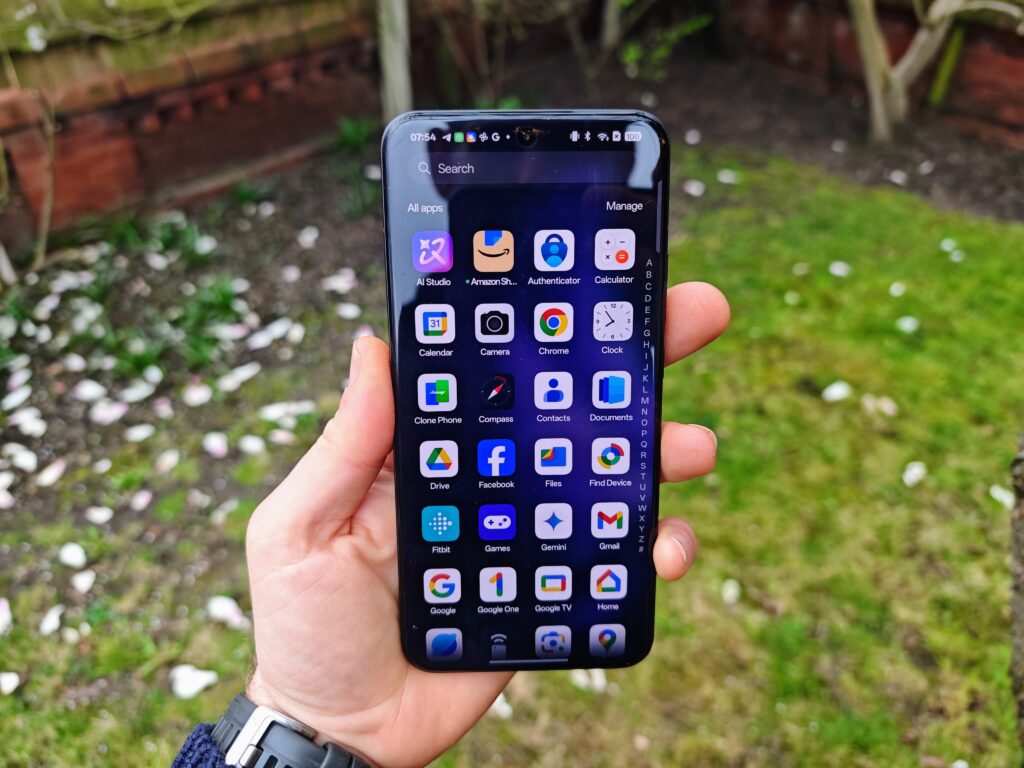
The Reno13 Pro 5G runs ColorOS 15, based on Android 15. OPPO promises 4 years of OS updates and 5 years of security patches, which is good but not quite matching the longer support periods offered by some competitors such as Pixel and Samsung.
One of the most notable aspects of ColorOS 15 is its customisation options. You can adjust everything from icon shapes and sizes to fonts, colours, and animations. The new Flux themes system provides additional personalisation options, allowing you to create a device that truly feels your own.
The notification shade and quick settings have been redesigned for easier one-handed use, with a single swipe giving access to both notifications and essential toggles like brightness, Wi-Fi, and volume. This thoughtful design makes the phone more convenient to use, especially given its large screen size.
With my sample, I was disappointed to see a large amount of bloatware. There seems to be even more bloatware than the last time I reviewed an OPPO phone, which was the Find X5 Pro from three years ago. One of the apps was in Chinese, which made me wonder if this is not same as the global retail model.

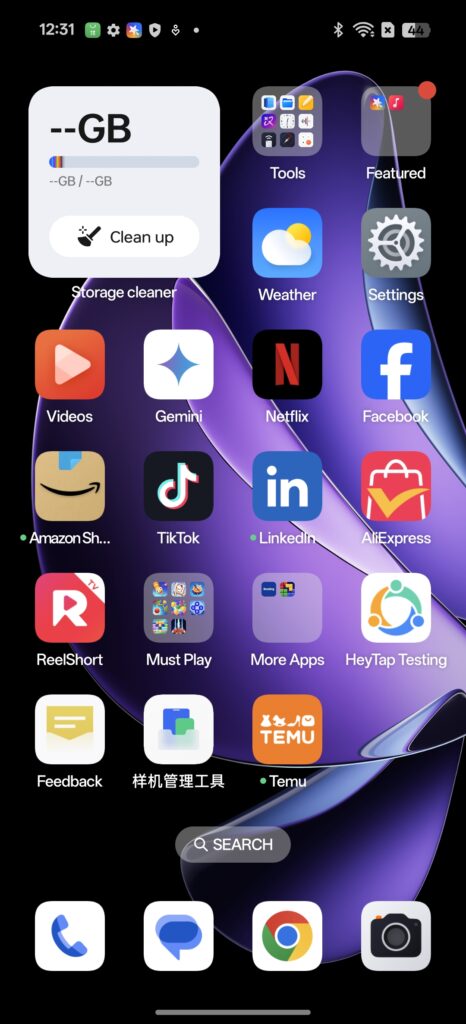
Most of the bloatware can be removed, and as I write this, it looks like the aforementioned Chinese app has been removed.
On a more positive note, ColorOS 15 includes several useful AI features. The AI Studio app allows you to generate images based on text prompts or modify your photos with various artistic styles. The Photos app includes AI editing tools like AI Eraser for removing unwanted objects, Remove Reflections for minimising glare, and Unblur for sharpening slightly out-of-focus images. These features work reasonably well, though results vary depending on the complexity of the task.
The phone also includes Google’s latest AI features, such as Circle to Search and integration with Google Gemini. These work as expected and add to the device’s overall utility.
Performance-wise, ColorOS 15 feels extremely responsive on the Reno13 Pro. Apps launch quickly, animations are smooth, and there’s no noticeable lag when navigating the interface. The software seems well-optimised for the hardware, making for a pleasant user experience despite the mid-range processor.
Price and Alternative Options
The UK pricing for the Reno13 Series is as follows:
- Reno13 Pro 5G: £649
- Reno13 5G: £499
- Reno13 FS 5G (12G+512G): £399
- Reno13 F 5G (8G+256G): £329
The OnePlus 13R is probably the best alternative option to the Reno13 Pro 5G. The RRP is a touch higher at £679, but it has a superior Snapdragon 8 Gen 3 chipset and a better LPTO display with 4500 nits peak brightness and faster UFS4.0 storage. The camera specs are almost identical, but the OPPO is a touch better with a superior 3.5x zoom and a better selfie camera. The OnePlus then better WiFi with WiFi 7, and a bigger battery with the same charge speeds.
The POCO F7 Ultra offers amazing specs for the same price. You have the Snapdragon 8 Elite, UF4.1, a better specced camera, a smaller battery, but faster 120W charging and 50W wireless charging. However, the POCO phones tend to be less refined, and the camera performance often doesn’t compete with other phones. However, I haven’t used this phone, so I can’t say for certain if that will be true with this.
Beyond that, the OPPO occupies a relatively unique price point. The Pixel 9 costs quite a bit more at £799, the Xiaomi 15 is £899.
Looking downward in OPPO’s own lineup, the standard Reno13 5G at £499 offers many of the same features as the Pro model but with some compromises in areas like the processor, camera system, and build quality. For those who don’t need all the bells and whistles of the Pro version, it represents a more affordable entry point to the Reno13 series.
Overall
The OPPO Reno13 Pro is far from perfect, but I have grown to like it a lot. While the chipset may not be as high spec as I’d like for this price point, it provides more than enough performance for everything I do.
The camera performance is where it excels; it produces consistently good shots, and I have been particularly impressed with the optical zoom.
Once the bloatware was uninstalled, the overall user experience has been excellent. The OS is extremely responsive, and I have had no issues with any performance glitches.
The £649 price point is sensible. I seem to recall this being a competitive price point at one time, and even last year, the Pixel 8 launched at £699, but many phones have increased their pricing. In my opinion, this should be the sweet spot for phone prices, offering an almost flagship-like experience with a few minor compromises to achieve the lower price.
Overall, if your budget is around £650, then this is definitely a phone you should consider.
Summary
The OPPO Reno13 Pro strikes an appealing balance between flagship flair and mid-range practicality. With a premium design, superb battery life, and a genuinely impressive camera system—especially the telephoto zoom—it’s a phone that delivers in many of the areas that matter most to users.
While the chipset isn’t class-leading and wireless charging is absent, these trade-offs feel reasonable given the £649 price tag. After removing the preinstalled bloatware, the software experience is clean and fluid, and ColorOS 15 brings enough polish and personality to stand out.
In a market where prices keep climbing, the Reno13 Pro feels like a well-judged return to what used to be the sweet spot for phone pricing. If your budget hovers around £650 and you value photography, battery life, and design, this is a phone well worth shortlisting.
Overall
80%-
Overall - 80%80%
Pros
📸 Excellent camera system – Versatile setup with a standout 3.5x optical zoom and solid selfie performance.
🔋 Outstanding battery life – 5800mAh lasts easily over a day with heavy use.
⚡ Fast charging – 80W SuperVOOC delivers rapid recharging.
📱 Premium design & build – Slim, elegant design with Gorilla Glass 7i and IP66/69 water resistance.
🌈 Vibrant AMOLED display – 120Hz refresh rate, DCI-P3 support, and immersive visuals.
🧠 Plenty of RAM & storage – 12GB LPDDR5X and up to 512GB UFS 3.1.
Cons
🧠 Mid-range chipset – Dimensity 8350 is outclassed by Snapdragon 8 Gen 3 in similarly priced rivals.
🌞 Brightness could be better – 1200 nits may struggle in direct sunlight.
🔌 No wireless charging – A missed feature that is available on some other upper mid range phones
📦 No charger or case included – Standard trend, but still a downside.
🧹 Excessive bloatware out of the box – Some preinstalled apps, including one in Chinese, detract from the polish (though the retail model may be better)
I am James, a UK-based tech enthusiast and the Editor and Owner of Mighty Gadget, which I’ve proudly run since 2007. Passionate about all things technology, my expertise spans from computers and networking to mobile, wearables, and smart home devices.
As a fitness fanatic who loves running and cycling, I also have a keen interest in fitness-related technology, and I take every opportunity to cover this niche on my blog. My diverse interests allow me to bring a unique perspective to tech blogging, merging lifestyle, fitness, and the latest tech trends.
In my academic pursuits, I earned a BSc in Information Systems Design from UCLAN, before advancing my learning with a Master’s Degree in Computing. This advanced study also included Cisco CCNA accreditation, further demonstrating my commitment to understanding and staying ahead of the technology curve.
I’m proud to share that Vuelio has consistently ranked Mighty Gadget as one of the top technology blogs in the UK. With my dedication to technology and drive to share my insights, I aim to continue providing my readers with engaging and informative content.

